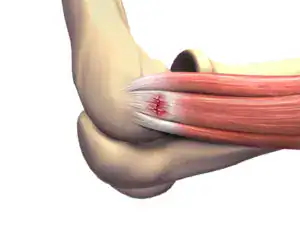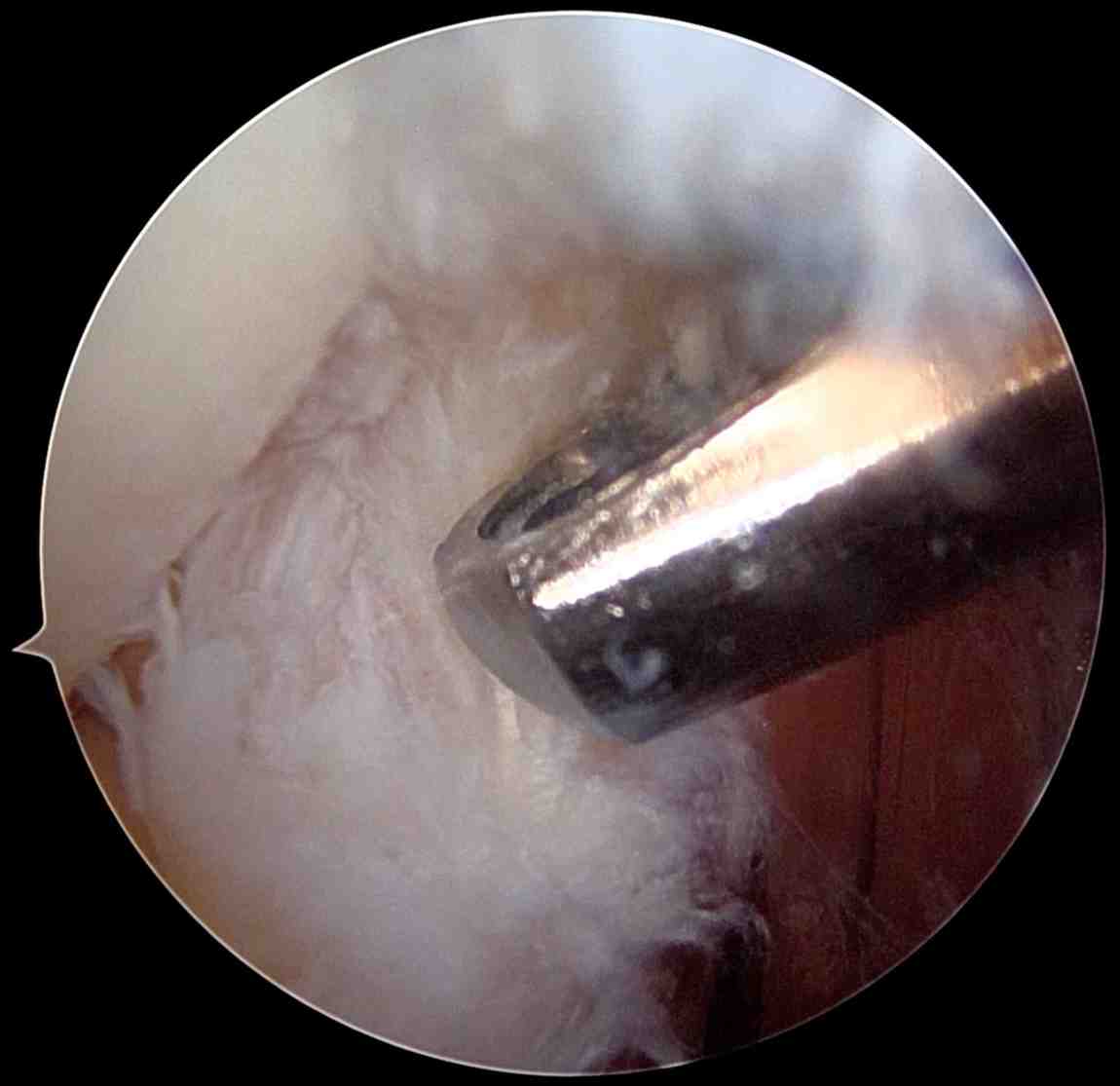Tennis elbow surgery
Tennis elbow (lateral epicondylitis) is a condition where the tendons that attach forearm muscles to the lateral epicondyle (the bony bump on the outside of the elbow) become overused, inflamed, and sometimes degenerated. Despite its name, it’s not limited to tennis players—any repetitive gripping or wrist-extending activity can lead to it (e.g., plumbers, painters, carpenters).
Tennis elbow surgery, medically known as lateral epicondylitis surgery, is a procedure to treat chronic pain and inflammation in the outer part of the elbow that has not responded to conservative treatments. Below is a comprehensive overview of the procedure, its indications, types, risks, recovery, and outcomes.

Types of Surgery
There are two primary approaches:
- Open Surgery
- Traditional method, most commonly used.
- A small incision is made over the lateral epicondyle.
- Surgeon removes damaged or degenerated tendon tissue (often from the extensor carpi radialis brevis (ECRB)).
- Healthy tendon may be re-attached to bone or repaired.
- Wound is closed with sutures.
- Arthroscopic Surgery
- Minimally invasive; uses tiny incisions and a camera (arthroscope).
- Allows the surgeon to view inside the joint and remove damaged tissue.
- Less invasive, possibly shorter recovery, but technically more complex.
Surgical Goals
- Remove degenerated tendon tissue
- Promote healing by stimulating blood flow
- Restore normal tendon function
- Relieve pain
- Improve strength and range of motion

Clinical Pathway
- You will be seen by the specialist in outpatient department for clinical evaluation.
- You will be asked certain questions related to your symptoms and examined thoroughly.
- Your investigations such as X-ray, MRI will be reviewed, following which a surgical plan of surgery will be made.
- A detailed explanation will be given to you with regards to surgery along with its pros and cons.
- You will be seen by the anesthetic team
- Your fitness for surgery will be evaluated.
- Investigations including blood tests will be carried out.
- A physical therapist will explain you with regarding to the post op precautions, exercises and immobilization.
- You will be admitted on the day of surgery in the morning. The surgery will be performed under general and regional anesthesia.
- After surgery, you will be under certain medication to control your post operative pain to make you comfortable.
- You will be discharged on the same or next day with post operative instructions.
- Your physical therapy will be started on the next day after surgery and will continue for around three months.
- You will be required to see the specialist in outpatient clinic on couple of occasions to assess the recovery. You were expected to recover completely in approximately three to six months.






